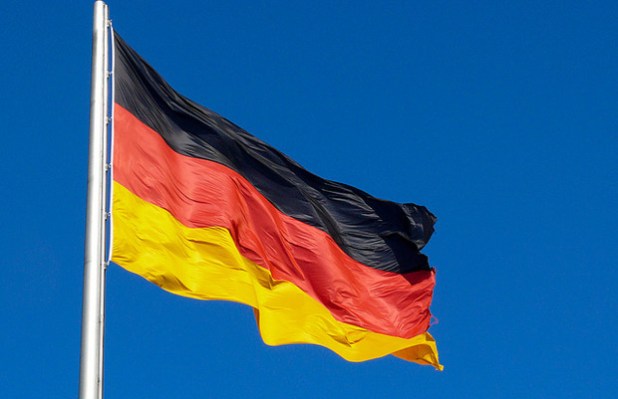Another chapter is opening up for Twitter in its ongoing push to grow its international business: today the newly-public company is kicking off a strategic partnership with Deutsche Telekom, the German carrier that owns T-Mobile and serves some 140 million mobile and 31 million fixed-line subscribers across Europe and the U.S.
The financial terms of the deal were not disclosed, but there is a definite commercial angle to it: Deutsche Telekom says that it will become “a preferred partner for Twitter when it comes to innovative marketing, advertising and customer services opportunities on Twitter.” On top of that, there is a marketing angle for Twitter that could help boost users and usage of the social network: DT will be embedding a Twitter client on the homescreen of Android devices on its network.
The customer services angle is one that Deutsche Telekom says it uses itself.
“Twitter shows how lively a communication in 140 characters is. We experience this in our daily dialogue with our clients for example via our customer care account ‘Telekom hilft’ (engl: Telekom supports). With the cooperation with Twitter we will reach even more people in the future even better,” René Obermann, CEO of Deutsche Telekom, said in a statement. “If you want to know about the latest topics you’ll find the answers on Twitter. Twitter connects. Just as we do.”
The fact that DT highlights this in the release could possibly even be a hint that this is one of the areas it may explore as a business opportunity with enterprise customers, with enterprise business services a wider focus for DT as a business already.
DT says the partnership will initially cover Germany, the Netherlands, Romania, Greece and Croatia. In all, Deutsche Telekom has stakes or full ownership of carriers in some 14 countries, including T-Mobile in the U.S.
The deal comes at a time when another social network, Facebook, has had a lot of heat from German regulators and the public over how it handles user privacy. Germany is not a major market for Twitter at the moment — figures from Onavo from September 2013, before it got bought by Facebook, put Twitter’s German penetration on iPhones at just 8%. But deals like this could give Twitter an opportunity grow partly by becoming more accessible amidst the anti-Facebook sentiment.
Telekom’s partnership with Twitter is similar to one struck between Pinterest and Telefonica earlier this year. Like the Twitter/Telekom deal, it will also involve Pinterest getting a widget on Android devices sold by Telefonica, and as we pointed out at the time, it, too, is likely to have a commercial element.
Carriers like Telefonica and Deutsche Telekom have been, for years now, looking for ways of building out more revenue streams that leverage their hundreds of millions of customers. Advertising has been a natural strategy: these carriers already have a lot of data about those customers, including where they are, how much they spend on services, and what they are buying. Smartphone and broadband usage are booming, and the consumer preference ad-supported free apps and services have had over paid content indicates a ready and willing audience for more ads.
That also fits in with the business models being built out by companies like Twitter and Pinterest, who are rapidly enhancing their position as ad platforms (Twitter, as we just reported yesterday, is getting ready to roll out a full-scale ad retargeting service, in fact).
This is not the first deal that Twitter has struck with a carrier, although it appears to be the first of this kind involving widgets and ads. Up to now, there have been partnerships in emerging markets like Turkey to make Twitter a zero-rated data service to encourage more tweeting on mobile devices from users who might otherwise not want to spend limited data allowances to do so. And a couple of years ago, Twitter also inked a deal with Japan’s NTT Docomo to give the carrier access to its firehose for mobile searches.
This deal is different in that it will potentially give Twitter access to gaining more users and usage in developed international markets. In its S-1 prospectus filed before the company went public last month, Twitter pointed out that it had more monthly active users outside of the U.S. — 179 million — than it has in the U.S., at 52.7 million. But when it came to revenues those numbers flipped, with about $106.7 million (25%) of its revenues for the nine months ended in September 2013 coming from its non-U.S. business.
“If we fail to expand effectively in international markets, our revenue and our business will be harmed,” Twitter noted in the filing.
As we’ve pointed out before, there is little in the way of standout performers internationally for Twitter. “No individual country from the international markets contributed in excess of 10% of the total revenue for the years ended December 31, 2010, 2011 and 2012 and the nine months ended September 30, 2012,” Twitter noted. (The UK was the first to make the cut in 2013, with $43 million of revenue, or 10% of the total, in the nine months that ended September 30, 2013.)
